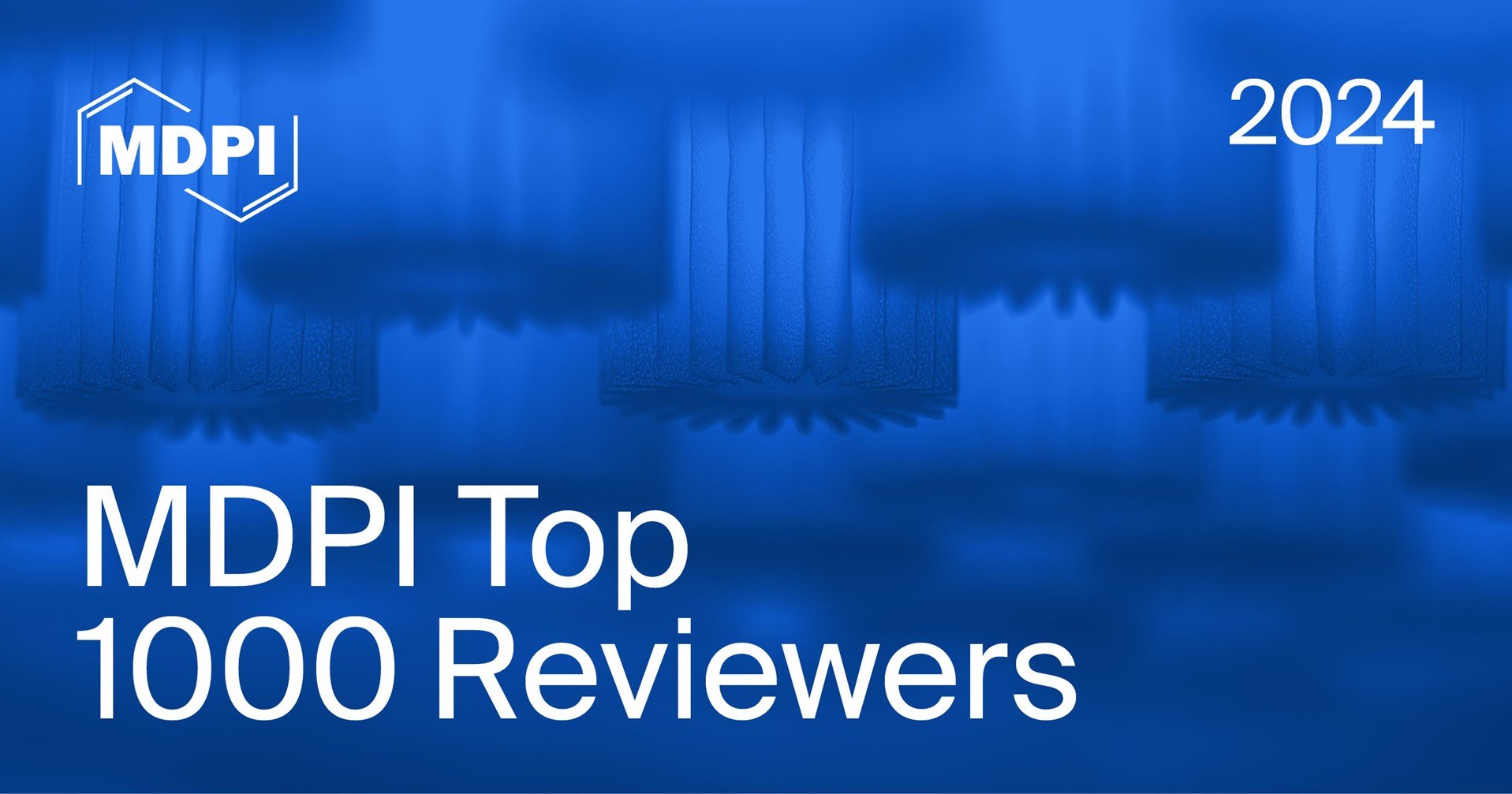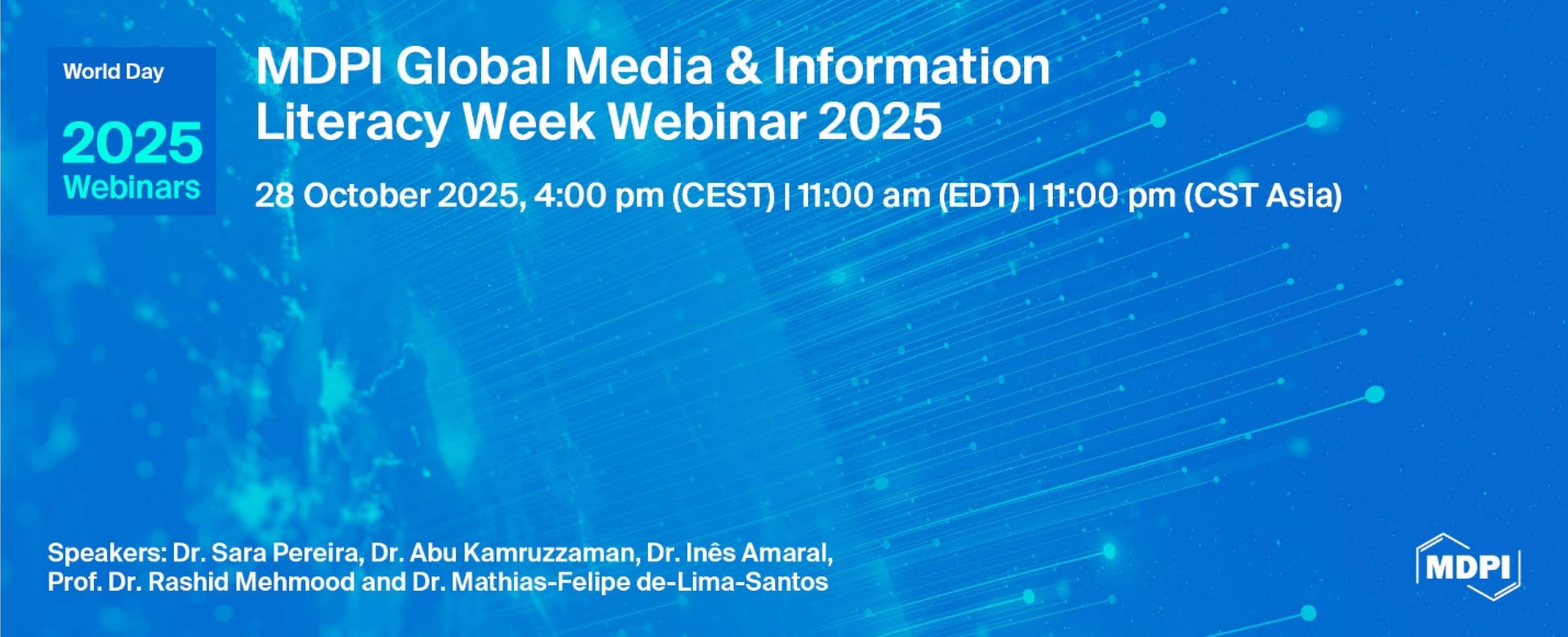-
 Reliable Low-Latency Multicasting in MANET: A DTN7-Driven Pub/Sub Framework Optimizing Delivery Rate and Throughput
Reliable Low-Latency Multicasting in MANET: A DTN7-Driven Pub/Sub Framework Optimizing Delivery Rate and Throughput -
 Enhancing Defect Detection on Surfaces Using Transfer Learning and Acoustic Non-Destructive Testing
Enhancing Defect Detection on Surfaces Using Transfer Learning and Acoustic Non-Destructive Testing -
 Personalized Constitutionally-Aligned Agentic Superego: Secure AI Behavior Aligned to Diverse Human Values
Personalized Constitutionally-Aligned Agentic Superego: Secure AI Behavior Aligned to Diverse Human Values
Journal Description
Information
- Open Access— free for readers, with article processing charges (APC) paid by authors or their institutions.
- High Visibility: indexed within Scopus, ESCI (Web of Science), Ei Compendex, dblp, and other databases.
- Journal Rank: JCR - Q2 (Computer Science, Information Systems) / CiteScore - Q2 (Information Systems)
- Rapid Publication: manuscripts are peer-reviewed and a first decision is provided to authors approximately 18.6 days after submission; acceptance to publication is undertaken in 3.6 days (median values for papers published in this journal in the first half of 2025).
- Recognition of Reviewers: reviewers who provide timely, thorough peer-review reports receive vouchers entitling them to a discount on the APC of their next publication in any MDPI journal, in appreciation of the work done.
Latest Articles
E-Mail Alert
News
Topics
Deadline: 31 October 2025
Deadline: 31 December 2025
Deadline: 31 January 2026
Deadline: 31 March 2026
Conferences
Special Issues
Deadline: 10 October 2025
Deadline: 12 October 2025
Deadline: 15 October 2025
Deadline: 30 October 2025





















